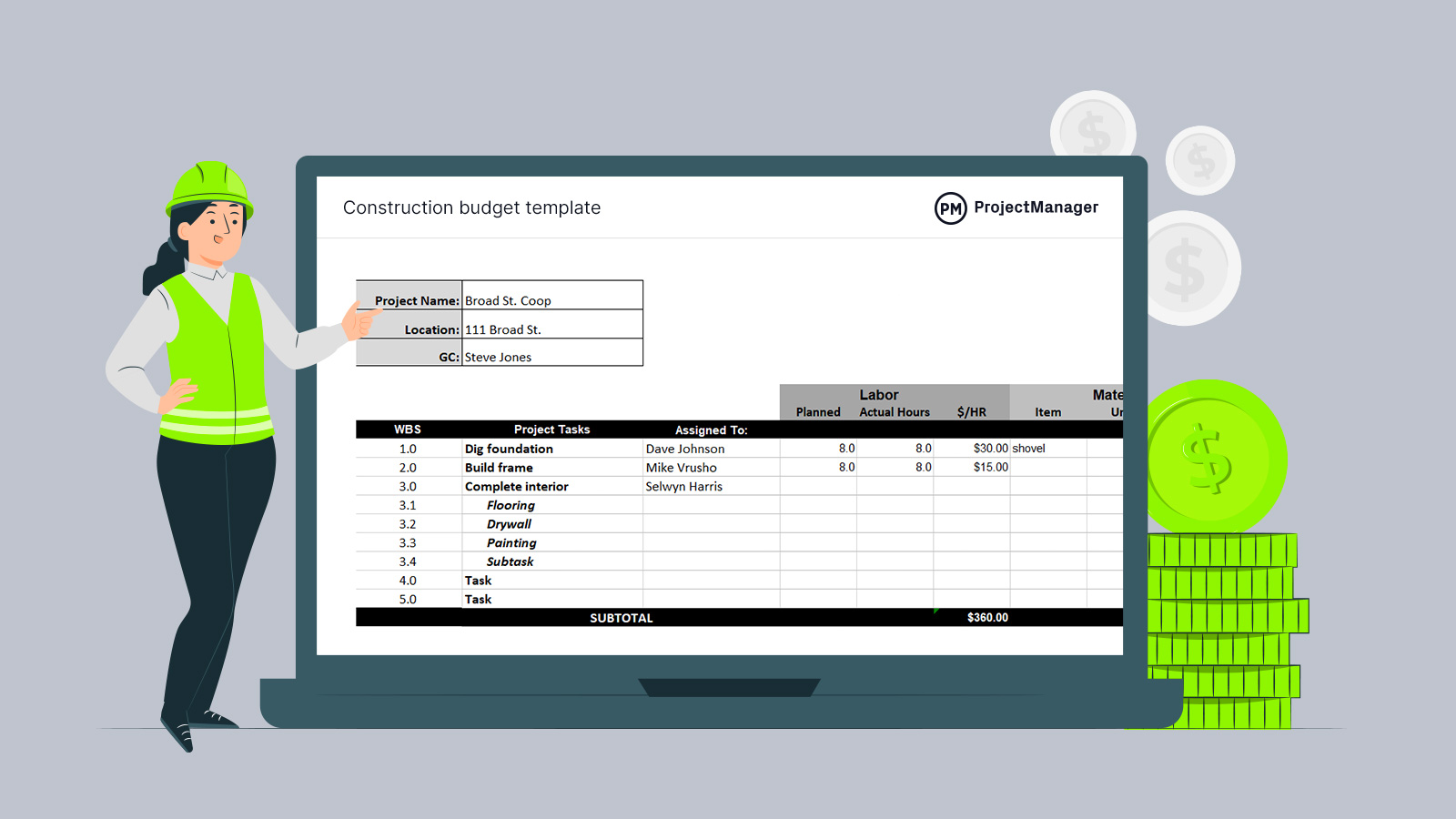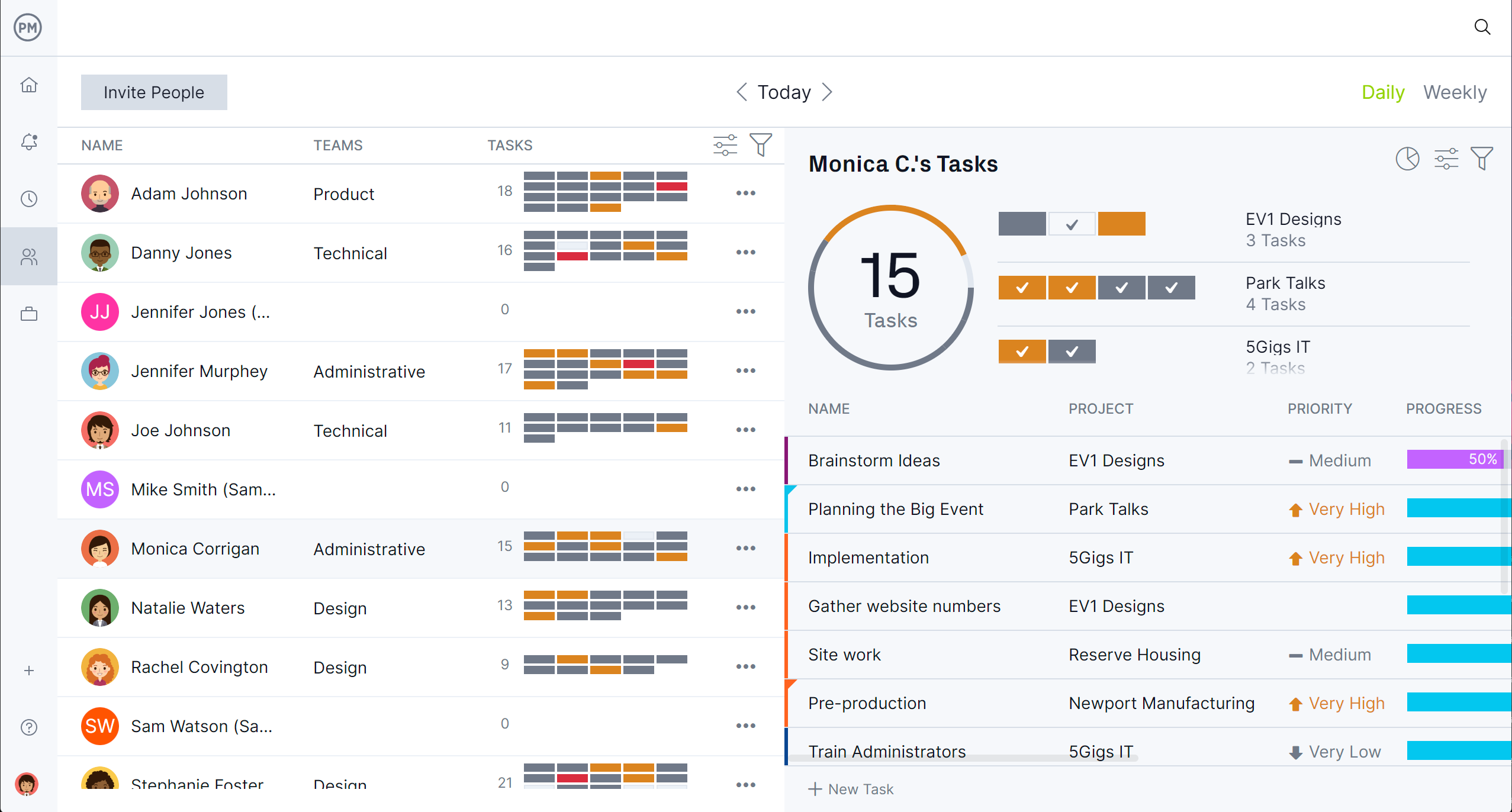Retainage in construction is a key practice that helps keep projects on track and ensures work meets quality standards. By holding back a portion of payment until project milestones are completed, owners and contractors stay focused on timely delivery and problem-free execution. Using retainage in construction promotes accountability, encourages careful workmanship and supports smoother project management, helping teams avoid delays, minimize disputes and maintain consistent progress from start to finish on every construction project.
What Is Retainage in Construction?
Retainage in construction is the practice of withholding a portion of a contractor’s payment until a project reaches certain milestones or is fully completed. This ensures that work is finished according to contract specifications, defects are corrected and all obligations are met before the final payment is released. It protects owners, motivates contractors to maintain quality and helps manage financial risk throughout the construction process.
Project management software streamlines the retainage process by tracking project milestones, payment schedules and completion status in real time. It allows owners and contractors to document inspections, approvals and any outstanding issues digitally. Automated alerts, dashboards and reporting make it easy to see which retainage amounts are pending or ready for release, reducing confusion, preventing errors and ensuring the retainage process is transparent and efficient for all parties involved.
ProjectManager is ideal for managing retainage in construction because it combines scheduling, resource management and real-time tracking in a single platform. Its dashboards provide instant visibility into milestone completion, with AI adding summaries and recommendations. Automated alerts ensure retainage conditions are met before payments are released. Teams can track progress, approve work and manage financial records seamlessly. By integrating all aspects of construction management, ProjectManager helps maintain accountability, reduce disputes and ensure projects are completed on time and within budget. Get started with ProjectManager today for free.


How Much Construction Retainage Can Be Withheld?
The amount of construction retainage that can be withheld typically ranges from five to 10 percent of the contract value, depending on state laws and contract terms. Some jurisdictions may allow slightly higher or lower percentages, but this range is standard to ensure fair protection for owners while not overburdening contractors.
Retainage is usually held until major project milestones are completed or final inspection confirms work meets quality standards. Understanding the typical retainage percentage helps both owners and contractors plan cash flow, manage financial risk and maintain accountability throughout the construction process.
Why Is Retainage Important in Construction Projects?
Retainage is important because it ensures accountability and quality throughout the construction process. By holding back a small percentage of each payment, project owners maintain leverage to guarantee that contractors and subcontractors complete all work according to the contract specifications. It also protects owners from incomplete or defective work while encouraging timely project delivery.
For contractors, clear retainage terms build trust and financial discipline by linking final payment to verified performance. Ultimately, retainage aligns incentives between all parties and supports smooth project closure with proper documentation and quality assurance.
Key Benefits of Retainage in Construction
Now that we’ve established the importance of retainage in construction projects, let’s take a closer look at its key benefits.
- Encourages Quality Workmanship: Retainage motivates contractors and subcontractors to maintain consistent quality throughout the project. Knowing that a portion of payment is tied to final inspection, teams are more likely to meet specifications, comply with codes and address punch list items quickly to ensure full payment release.
- Ensures Project Completion: Retaining a small percentage of payments provides strong financial motivation for contractors to complete all agreed-upon work, including minor details. This system ensures that projects reach substantial and final completion, preventing delays or abandoned tasks that could otherwise compromise project delivery.
- Protects Against Defective or Incomplete Work: Retainage serves as a safeguard against poor workmanship or unfinished deliverables. If defects or noncompliance issues arise, the withheld funds allow the owner to cover the cost of necessary repairs or adjustments without financial loss or legal dispute.
- Promotes Financial Accountability: Because a portion of funds remains unpaid until completion, contractors must carefully manage cash flow and maintain transparency in billing. This accountability encourages accurate cost tracking, proper documentation and timely resolution of issues to secure release of the retained amount.
- Strengthens Contractual Compliance: Retainage ensures that all contractual obligations, such as documentation, permits, lien waivers and warranties, are fulfilled before the final payment is made. This process helps owners confirm that the project meets every technical, legal and administrative requirement before closure.
Common Types of Retainage in Construction
There are several common types of construction retainage that contractors and owners use to manage payments and ensure project completion. Each type sets specific conditions for withholding and releasing funds, providing flexibility depending on project size, complexity and contractual agreements. Understanding these types helps both parties plan cash flow, maintain accountability and reduce disputes throughout the construction process.
Fixed Construction Retainage
Fixed construction retainage is a predetermined percentage of the contract value that is withheld from each payment. This amount remains constant throughout the project regardless of progress or milestones. It provides a simple and predictable way to ensure contractors complete work to specification. Fixed retainage encourages accountability, reduces the risk of defects and protects owners while giving contractors a clear understanding of what portion of their payment will be held until completion.
Variable Construction Retainage
Variable construction retainage changes based on project milestones, performance or progress. The withheld amount may increase or decrease depending on completed tasks or the quality of work. This approach provides flexibility to align retainage with specific stages of the project. Variable retainage motivates contractors to meet or exceed requirements at each phase, ensures timely completion and allows owners to adjust financial risk based on project performance and observed progress during construction.
Related: Project Milestone Template
Cumulative Construction Retainage
Cumulative construction retainage involves withholding funds that accumulate over multiple payments rather than being applied individually. Each payment contributes to the total retainage, which is released only when defined milestones or completion are achieved. This method provides an ongoing incentive for contractors to maintain quality and meet deadlines throughout the project. Cumulative retainage protects owners while keeping contractors accountable for consistent performance from the start to the end of construction.
Conditional Construction Retainage
Conditional construction retainage is released only when specific conditions or contractual requirements are met. These conditions may include passing inspections, completing punch lists or achieving agreed-upon milestones. This type ensures that all obligations are fulfilled before final payment is made. Conditional retainage motivates contractors to address deficiencies promptly, provides assurance to owners that work is complete and reduces disputes by clearly linking payment release to objective project requirements.


Get your free
Construction Budget Template
Use this free Construction Budget Template to manage your projects better.
How Does Construction Retainage Work?
Construction retainage works by withholding a portion of payments until project milestones or completion are achieved. This ensures work is completed to specification and protects owners from defective or incomplete work. Properly managing construction retainage involves clear agreements, applying retainage to payments and tracking obligations across all contracts and subcontracts to maintain accountability and smooth project progress.
1. Define Construction Retainage Terms During Contract Negotiation
Defining construction retainage terms during contract negotiation establishes how much will be withheld, the conditions for release and the payment timeline. Clear terms help both owners and contractors understand expectations, reduce disputes and ensure fair handling of withheld funds. Establishing retainage early in the contract allows all parties to plan cash flow effectively, align responsibilities and set measurable milestones that trigger partial or final payment, ensuring accountability and smooth project execution.
2. Apply Construction Retainage to Progress Payments
Applying construction retainage to progress payments means withholding a set percentage from each invoice or payment as the project advances. This ensures contractors remain motivated to complete work correctly and address issues promptly. Progress-based retainage also allows owners to monitor ongoing performance, reduce financial risk and maintain leverage throughout the project. By linking retainage to incremental milestones, both parties can manage cash flow effectively while ensuring consistent quality and timely completion.
Related: 20 Free Excel Construction Templates
3. Manage Construction Retainage Across Subcontracts
Managing construction retainage across subcontracts involves tracking withheld amounts and release conditions for each subcontractor. Owners or general contractors must ensure retainage terms are applied consistently and align with the main contract. Proper management prevents disputes, ensures quality work at every level and maintains accountability throughout the supply chain. By monitoring retainage across subcontracts, project teams can coordinate payments efficiently, reduce risk and guarantee that all parties complete their obligations before final disbursement of funds.
4. Achieve Substantial Completion
Substantial completion is the stage where a construction project is sufficiently finished for its intended use, even if minor items are incomplete. Reaching this milestone triggers partial release of construction retainage and allows owners to occupy or use the facility. It motivates contractors to complete major work on schedule and ensures that any remaining issues are minor and manageable. This stage provides a clear benchmark for progress, helping both owners and contractors track performance and plan for final inspections and payments.
5. Verify Work and Approve Final Payment
Before releasing the final construction retainage, owners or project managers verify that all work meets contract specifications. This includes inspections, punch list completion and confirming compliance with quality standards. Approval of the final payment ensures contractors are compensated for all completed work while protecting owners from incomplete or defective work. This verification process provides accountability, reduces disputes and confirms that the project has been delivered as agreed, giving both parties confidence in the fairness and accuracy of the retainage system.
Related: 5 Best Construction Risk Management Software of 2025 (Free & Paid)
6. Release Construction Retainage
Releasing construction retainage occurs after substantial completion and final approval of work. The withheld funds are paid to the contractor once all contractual obligations, inspections and punch list items are satisfied. This step completes the retainage process, rewarding contractors for meeting project standards and timelines while protecting owners from incomplete or substandard work. Properly managing the release ensures transparency, maintains financial accountability and reinforces trust between contractors and owners for future projects.
What’s the Difference Between Retainage and Withheld Payment for Defective Work?
Retainage and withheld payment for defective work are often confused but serve different purposes. Retainage is a standard portion of payment withheld throughout a project to ensure completion and compliance with contract terms. Withheld payment for defective work occurs only when specific issues or deficiencies are identified that do not meet quality standards. While retainage motivates contractors to finish work correctly and on time, withheld payments address corrections for substandard or incomplete work. Understanding the distinction helps owners manage financial risk and ensures contractors are fairly compensated for properly completed work.
Free Related Construction Templates
These free construction templates help contractors and owners manage retainage, track payments and maintain accurate financial records. They simplify project oversight, improve accountability and ensure transparency throughout the construction process. Using these templates reduces errors, keeps projects on schedule and provides a clear record of payments and obligations, making retainage management more efficient and reliable.
Payment Schedule Template
Download this free payment schedule template to outline when and how much will be paid to contractors during a project. It helps manage cash flow, ensures payments align with milestones and tracks retainage amounts. By using this template, owners and contractors can maintain clear expectations, prevent disputes and keep financial management organized throughout the construction process.
Schedule of Values Template
Use this free schedule of values template to break down the total contract amount into specific line items for work completed. It provides a detailed framework for tracking progress payments, calculating retainage and verifying completed work. This template helps ensure accurate billing, improves transparency and allows project teams to monitor financial performance while maintaining accountability at every stage of construction.
Payment Tracker Template
This free payment tracker template records all payments made, retainage withheld and pending invoices. It provides an at-a-glance view of financial status for the project, helping prevent missed payments or disputes. By using this template, contractors and owners can monitor cash flow, maintain accurate records and ensure that retainage and progress payments are managed efficiently throughout the construction lifecycle.
How to Manage Construction Projects With ProjectManager
ProjectManager is a comprehensive platform designed to help construction teams plan, execute and monitor projects from start to finish. It centralizes scheduling, task management and communication in one place, allowing managers to keep track of timelines, budgets and quality standards. By providing real-time visibility and collaboration tools, ProjectManager ensures projects stay on schedule, resources are allocated efficiently and teams can address issues before they become costly problems.
Plan and Track Projects With Multiple Views
ProjectManager offers multiple project views, including Gantt charts, kanban boards and task lists, giving construction teams the flexibility to visualize work in the way that suits them best. Gantt charts help schedule tasks and track dependencies, kanban boards show workflow status and task lists break down responsibilities for individual team members. These views allow managers to monitor progress, identify bottlenecks, adjust schedules proactively and ensure that all milestones, including retainage-related tasks, are completed on time and to specification.
Manage Resources and Monitor Performance
Resource management tools like workload charts and the team page help construction managers balance labor and equipment across multiple projects. Workload charts highlight over-allocated or underutilized team members, while the team page provides a daily or weekly overview of progress and priority, allowing tasks to be updated without leaving the page.
Combined with real-time dashboards, timesheets and AI-powered reporting, these features allow managers to monitor labor costs, track productivity and ensure resources are used efficiently. Our software makes it easy to keep projects on track, control budgets and maintain quality standards across every stage of construction.
Content Related to Construction Retainage
Retainage in construction is one part of the larger construction project management process. For readers who want to go further into the subject, follow the links below. They lead to articles on schedule of values, payment schedules and much more.
ProjectManager is online project and portfolio management software that connects teams whether they’re in the office or on the job site. They can share files, comment at the task level and stay updated with email and in-app notifications. Get started with ProjectManager today for free.








